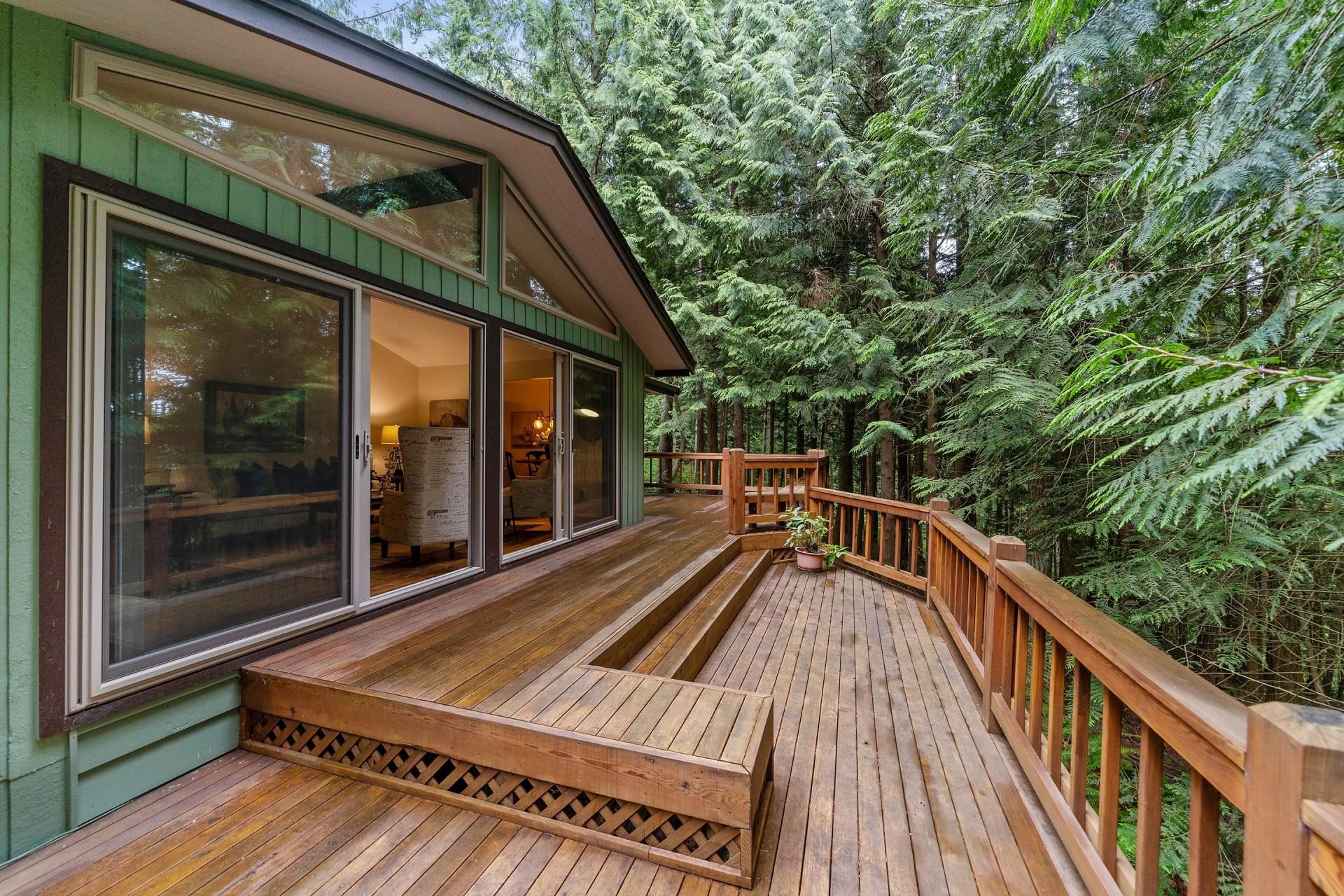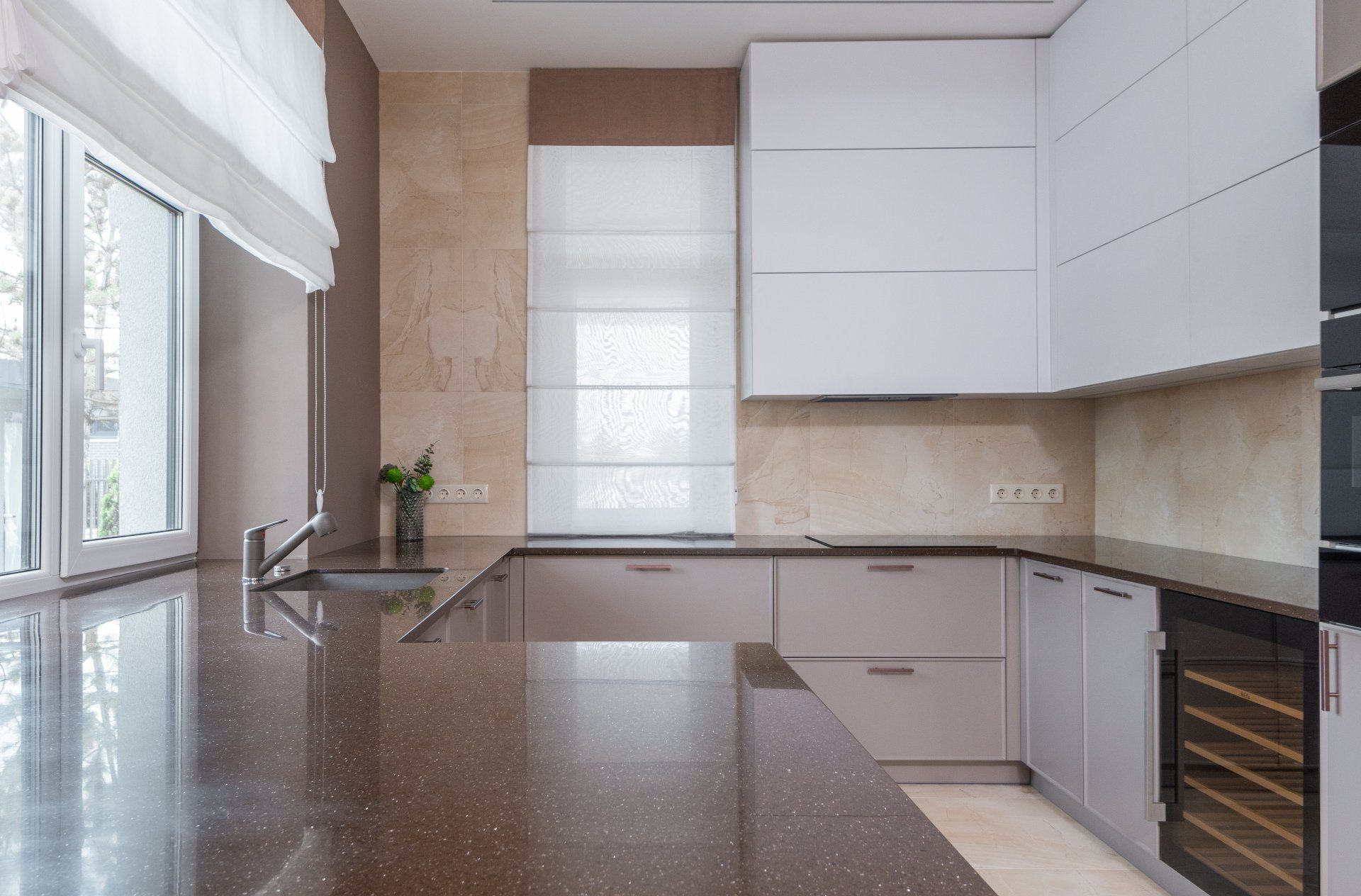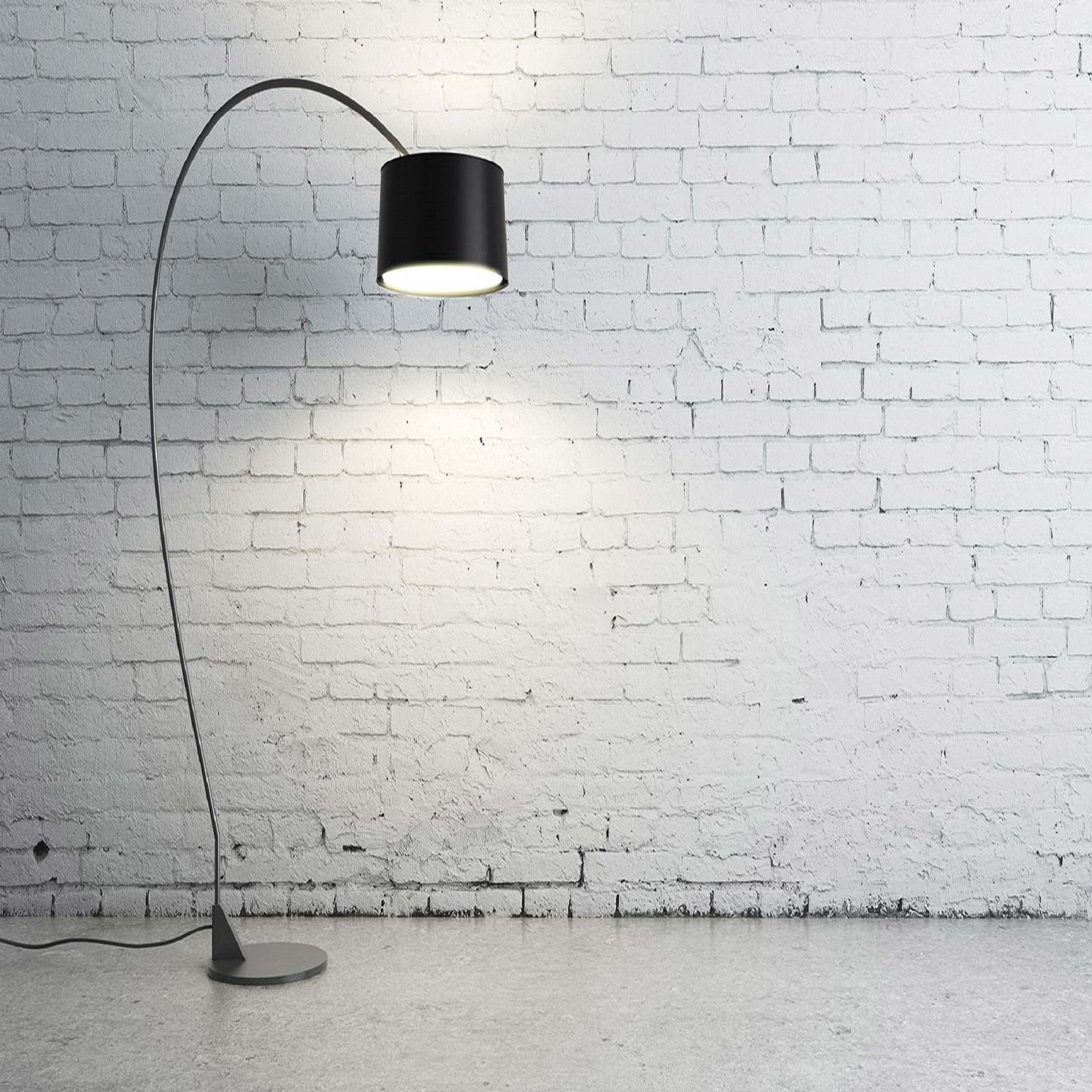Should You Repair Or Replace Your Deck?
September 22, 2022
Your deck may only need to be repaired...keep reading to find out!

Should You Repair or Replace Your Deck?
If you live in a house with a backyard or even just an outdoor living area, you’ll probably have a deck. This is a great place to relax, entertain friends or just take some time out from the stresses of everyday life. These spaces are often neglected and overlooked as unimportant until they fall apart! If your deck is looking a little worse for wear it may be time to repair or replace it. Here we break down the pros and cons of both repairing and replacing your deck so that you can make an informed decision about its future...Repair Vs Replacement: What is the difference?
When you decide to repair or replace your deck, you are determining what the next step is for your deck’s lifespan. Repairing your deck is changing or fixing parts that are in disrepair or broken. Replacing is ripping out the old deck and putting in a completely new one. Repairing is much more cost-effective, but it also has limitations in that some parts of your deck may be beyond repair. For example, if your joists are rotted through, you can’t really repair that. You would want to replace it completely. The same would be true for the decking boards. If they are rotted through or otherwise beyond repair, you’ll want to replace them with new ones.Repairing Your Deck
Inspect the deck to determine what repairs are needed. If you’re not sure what repairs are necessary, you can hire a contractor to assess the deck and make recommendations. The contractor will look at the structure as a whole and determine what repairs need to be made. Areas of your deck that may need repair include:● Joists - Joists are the horizontal boards that support the deck and are what the decking boards are nailed to. They are responsible for transferring the weight of the deck down into the home’s structure below. If the joists are rotted through or have become rotting or decayed, they will need to be replaced. This can be a very dangerous situation, as the deck is no longer being supported properly. If you don’t replace the joists, the deck could collapse.
● Seams: If there are seams in your decking then these areas need to be repaired before they get worse. The seams are typically where two pieces of wood come together and will eventually lead to holes if left alone long enough. Seams should be inspected every year for any signs of wear or damage and repaired as needed.
● Beams: Beams should be checked for cracks regularly. If there are cracks in the beam, they will need to be fixed before they get any larger. A crack in a beam can eventually lead to another problem with the deck—a sagging joist.
When should you choose to repair over replacement?
Repairs are a good idea if you want to extend the life of your deck, but only if the damage is minor. For example, if your deck just needs a bit of touching up or a fresh coat of paint, repairs are the way to go. If the damage is more extensive like if the deck is rotting or has some very serious structural damage, you’ll need to replace it. When you repair your deck, you can also choose to use different materials or a different color than you did when the deck was initially built. This is a good option if the current color of your deck doesn’t fit in with the look of your home or your personal style.What are the advantages of repairing?
As we mentioned above, repairs are a great way to get a little bit more life out of your deck if the damage is minor. They are also a great option if you want to change the appearance of the deck. Finally, repairs are a good option if you don’t have the funds available to replace your deck. Replacing a deck can be very expensive, particularly if you hire contractors to do the work. Depending on the size of your deck, it could be very costly. Repairs, on the other hand, are usually much more affordable.Replacing Your Deck
As we mentioned above, if the damage to your deck is more significant, repairs may not be an option. If the joists are rotted, there is almost nothing you can do to repair them. If the decking boards, or the parts of the deck that you actually walk on, are rotten, there is no way to save those boards. You will have to replace them entirely. Similarly, if the deck is made of wood or some other organic or decaying material, you will want to replace it. Decaying materials are susceptible to insects like termites and are not safe for use. You definitely don’t want your kids or pets playing on or around decaying boards. Replacing your deck is the best way to avoid these problems.When to replace over repair
If the deck is made of decaying organic materials, like wood, you definitely want to replace it. Another instance where you would want to replace over repair is if the damage is too extensive. If the joists are rotten or the boards are decayed through, you will have to replace the deck. You also need to replace the deck if it is a type of construction that you should not have in your backyard. If you have a deck that is not built to code, you will need to replace it.What are the advantages of replacing your deck?
The advantages of replacing a deck are numerous. First and foremost, you will get a completely new deck that is safe and sound and can support whatever you want to do on it. You will not have to worry about damage or decay. You will also get the deck that you want, not a deck that just kind of fits. If you want a backyard deck, but the one you have is not big enough or does not have the right dimensions, you can replace it. Finally, replacing your deck comes at a lower cost than repairs. While repairs are usually cheaper than replacement, a replacement can be a great option if the damage is extensive.Should You Repair or Replace?
When it comes down to it, you will have to decide if repairing or replacing is the best option for your deck. You will need to do some research and make sure you are choosing the best materials for your deck’s situation. You will want to make sure the materials are built to last. You will also want to consider the cost of repairs vs replacement. Repairing your deck will usually be cheaper than replacing it, but it all depends on the extent of the damage. Finally, you will have to think about the longevity of both options. You will want to make sure your deck will last for many years to come so you don’t have to go through this process again in the near future.Conclusion
Although decks can look beautiful when they’re new, they can be a big hassle to keep up with over time. If your deck is starting to show signs of wear and tear, it may be time to repair or replace it. When you decide to repair or replace your deck, you will have to decide what materials to use. You will want to make sure you are choosing the best materials for your deck’s situation. Whatever you decide to do, be sure to hire a contractor to assess the deck and make recommendations. This will help you get a better understanding of what repairs are needed and ensure that your deck is safe and sound.










